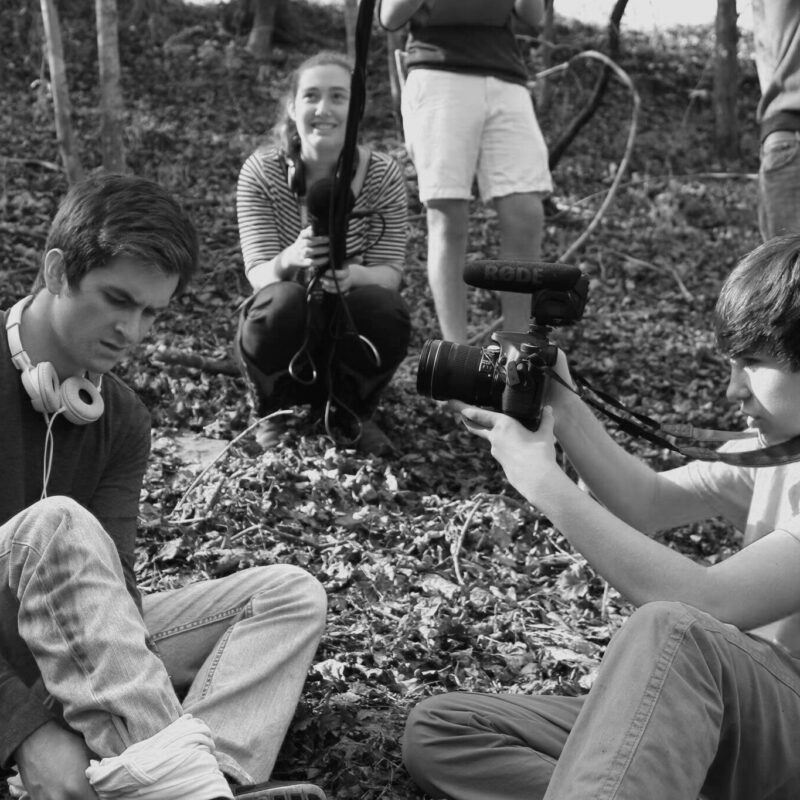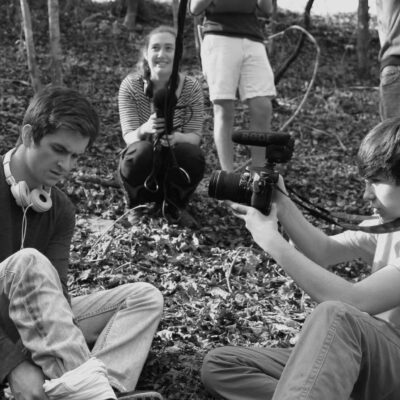Anne Beattie’s latest book, Mrs. Nixon: A Novelist Imagines a Life, is a work of fiction. Yes, Mrs. Nixon, or Pat, or Buddy, or St. Patrick’s Babe in the Morn, or any other nickname listed on the first page of this hard-to-categorize novel, all refer to a real individual, the taciturn wife of former president Richard Nixon. Yes, the novel integrates real letters from Life magazine and even an authentic love letter written by Mr. Nixon to his future wife. But the non-fiction novel is not a new entity (Truman Capote’s In Cold Blood anyone?) and Beattie’s latest work doesn’t claim to be an objective biographical account of Pat Nixon’s life, or Beattie’s, for that matter, or a how-to guide on writing, although it has elements of all these things. For all its hybridity, Mrs. Nixon can simply be read as a fiction infused with truthful parcels, and a delightful one at that.
/NixWeb.jpg) In reading Mrs. Nixon, one realizes that it doesn’t really matter what the truth is, whether Beattie infuses too much complexity into a simple individual or appropriates due analysis to a complex, side-lined one. (Photo by Dennis Brack/Newscom.)
|
To say the novel is self-aware is an understatement. Beattie fills Mrs.Nixon with explorations of her own writing process, one of which reads, “I am very happy to find myself paired with Mrs. Nixon, a person I would have done anything to avoid —to the extent she was even part of my consciousness. As a writer, though, she interests me.” Mrs. Nixon wears its own artifice on its sleeve, and to a large extent, the book is about the process of turning the former First Lady into a fictional character. To that end, Beattie was drawn to Pat Nixon “as a person on the sidelines—always more interesting than the people on parade,” describing her as a woman who preferred avoiding the spotlight, who “didn’t speak for herself except in the most formulaic or predictable way.” Beattie suggests that writing Mrs. Nixon was also about testing her own “unexamined assumptions, letting me see if, in the character I create, my preconceptions are reflected, reversed, or obscured.”
To very amusing effect, Beattie places Mrs. Nixon in situations in which she can apply devices from her own literary tool belt, creating anecdotes that exemplify terms such as irmus, litotes and epizeuxis. (At the end of one chapter, Beattie notes, “Mrs. Nixon baking cookies with Hillary Clinton is an example of anachronism.”) The novel also contains a variety of imagined first person narrative accounts, in which Beattie places Mrs. Nixon in pseudo-fictional scenarios: Mrs. Nixon commenting upon an angry mob in Caracas, Venezuela that spat on her limosine; Mrs. Nixon reflecting on fattening up her husband with milkshakes.
In addition to these fictional vignettes, Beattie discusses her teaching techniques as a UVA professor, and lays out a slew of aphoristic passages on writing. Expounding on her art, Beattie writes, “Stories are meant to transport us, but we should never let ourselves be overwhelmed with a writer’s sad view of life and think we can’t do anything to change our own lives.” In discussing her personal writing, Beattie also provides glimpses into her own life: Beattie reflecting upon her back porch in Maine; Beattie swooning over a long-gone pair of fabulous burnt orange high heels. At one point, she asks, “Is what you’ve been reading fiction or nonfiction? Or is it my memoir, which appears—like certain weeds, I can’t resist saying—only in the cracks?” But we never get anything approaching lengthy biographical reminiscences; the novel’s focus on its author is just enough to lay bare the often hidden relationship between an author and her subject matter.
In crafting her story about the only modern First Lady to never write a memoir, Beattie also draws parallels between Mrs. Nixon’s life and Maupassant, Tolstoy’s The Death of Ivan Ilych, Raymond Carver’s Cathedral and Joyce’s “The Dead.” Beattie reads Mrs. Nixon’s life like a novel, breaking through the opaque real-life façade to discover idiosyncrasies that may or may not have been there at all. But in reading Mrs. Nixon, one realizes that it doesn’t really matter what the truth is, whether Beattie infuses too much complexity into a simple individual or appropriates due analysis to a complex, side-lined one. Simultaneously writing exercise and ars poetica, Beattie’s novel is art in action. Quoting Flannery O’Connor, Beattie argues, “a thing is fantastic because it is so real, so real that it is fantastic,” and in discussing Mrs. Nixon, O’Connor’s words seem perfectly appropriate.





